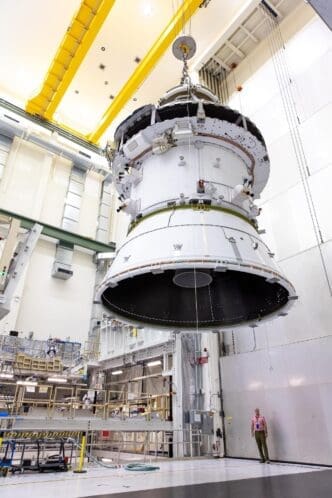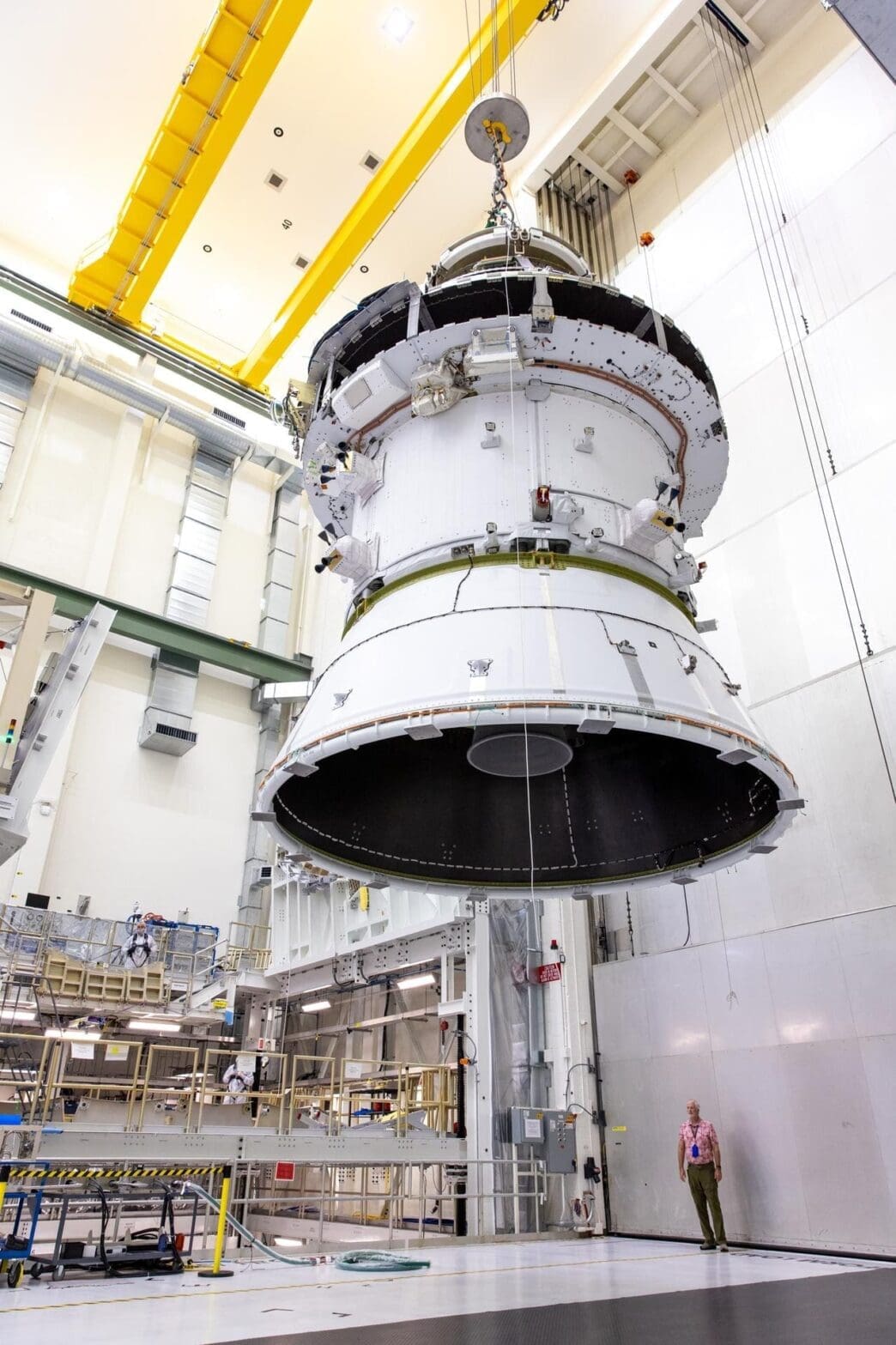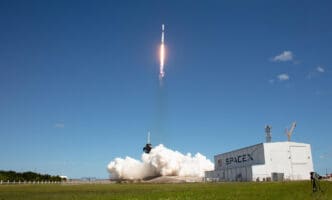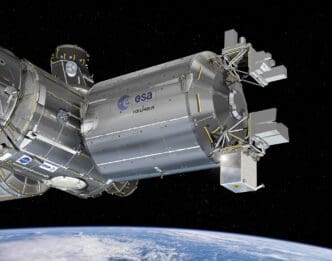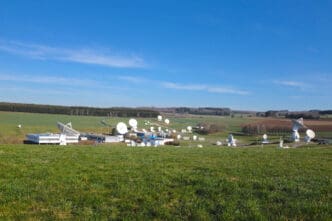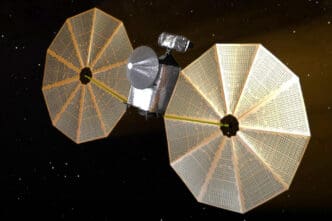Get ready for an out-of-this-world experience as NASA invites media professionals to explore the next chapter in lunar exploration. Artemis II, the first crewed mission around the Moon in fifty years, promises to be a monumental event in space history.
On March 7, media representatives will have exclusive access to NASA’s Kennedy Space Center in Florida. Here, they’ll capture images and witness the majestic Orion spacecraft and the powerful SLS rockets geared up for the mission. Don’t miss this chance to see history in the making.
A Closer Look at the Artemis II Mission
The Artemis II mission is set to reignite human curiosity and exploration of the Moon. Unlike any other mission, this one aims to pave the way for future journeys to Mars. With its intricate design, Orion spacecraft is primed to loop around the lunar sphere while holding its crew safe and sound. NASA’s Artemis program marks a new era of space exploration, with Artemis II being its stepping stone.
Exclusive Media Access
Media invitees will be among the first to document the Artemis II mission’s state-of-the-art equipment. The event offers a rare glimpse at the spacecraft undergoing final preparations. For media outlets, this is a golden opportunity to capture cutting-edge technology up close. Moreover, subject matter experts will be available for interviews, providing insights into the mission’s significance and technical details.
Access to NASA’s Kennedy Space Center is highly sought after. Due to limited capacity, media accreditation is a must. It allows journalists to closely observe the launch assemblies and even interact with NASA and industry experts. Keep your cameras ready! These may be some of the most profound images you’ll capture this year.
Behind the Scenes at Kennedy Space Center
A massive crane operates effortlessly to lift the Orion spacecraft, transferring it to the altitude chamber for tests. This simulation mimics deep space vacuum conditions—a critical step to ensure spacecraft reliability. Scenes like these are commonplace at the Kennedy Space Center, a hub where dreams transform into reality.
The altitude chamber tests provide invaluable data to verify and enhance results from earlier experiments. The process is rigorous, aimed at ensuring everything functions flawlessly when the spacecraft traverses the lunar atmosphere. Facing the unknown is a daily task for the team stationed here.
Inside NASA’s Kennedy Space Center, the energy is palpable. Engineers and scientists walk these hallowed grounds, their eyes set on the stars. Being here, one gets the sense that humanity is on the verge of a monumental achievement.
Preparing for Lift-off
The countdown to March 7 is underway, marking a key moment in space exploration history. NASA’s meticulous planning and execution are evident as they prepare the rocket for launch day. Each component is scrutinized to ensure the mission’s success, as any margin for error could be costly.
The SLS rocket is an engineering marvel, each part contributing to the mission’s overarching goal. From boosters to thrusters, every element is engineered to perfection. Witnessing this intricate machinery sparks an awe for human ingenuity and determination.
As the final checks are performed, anticipation builds. The dedication of NASA’s teams provides a level of assurance—Artemis II is on track for successful lift-off.
Artemis II’s Place in NASA’s Future
Artemis II is more than just a mission; it’s a gateway to future lunar and Martian exploration. NASA continues to break boundaries, utilizing each mission to gather data and refine techniques for subsequent adventures. This mission charts a course for the next steps in human space travel.
The role of Artemis II cannot be understated. It is one of many missions designed to return humans to the Moon and beyond. Success here sets the stage for future endeavors that may one day extend human presence to Mars.
This mission serves as a symbol of humanity’s quest for knowledge, inspiring future generations to dream bigger and reach further.
Why the Moon Matters
Exploring the Moon brings with it countless scientific and economic benefits. Research conducted on lunar soil can translate into breakthroughs in understanding our home planet. The Moon also serves as a potential stepping stone for Mars, offering a proving ground for technology and techniques.
The Moon’s proximity to Earth makes it an ideal location for testing new technology. Its surface offers opportunities to study celestial mechanics in a relatively safe environment. In doing so, NASA hopes to learn more about space habitats, which could be crucial for Mars missions.
With Artemis II, NASA’s aim is to gather crucial data and experience in lunar operations, setting a benchmark for future missions.
Key Figures in Artemis II
Many dedicated individuals are pivotal to the Artemis II mission. From engineers to astronauts, every team member contributes to its success. Each brings their expertise, ensuring that all aspects of the mission are covered.
The mission features not just cutting-edge technology but also the brightest minds. These experts are responsible for mission-critical decisions. Their commitment drives the project forward and ensures that NASA remains at the forefront of space exploration.
Each person involved in the mission feels the weight of responsibility, knowing that their work has the potential to change the future of space exploration.
Media Day Expectations
Media attendees should expect an immersive experience. From the moment they arrive, there will be opportunities for interviews, tours, and direct interaction with NASA personnel. Attendees will witness firsthand the innovative spirit that drives space exploration.
Expect to experience the hustle and bustle of preparations. From guided tours of the facility to up-close views of the Artemis II spacecraft, the day is packed with learning and exploration.
The media day is not just about capturing images but also understanding the depth and breadth of NASA’s work in space exploration.
Global Impact of Artemis II
Artemis II is of global significance, representing a collective human effort in space exploration. The mission stands as a testament to what international partnerships can achieve. Together, they build the foundation for future interplanetary missions.
The mission’s success will inspire nations worldwide to invest in space exploration. International collaboration is at the heart of Artemis II’s design and execution. This collective effort steers humanity toward a shared future beyond Earth.
Artemis II exemplifies how space exploration can unite disparate nations and cultures under a common cause, furthering human progress.
Anticipation is building for the groundbreaking Artemis II mission, promising not just advancements in space exploration but a renewed spirit of discovery. The mission stands ready to unlock new frontiers.
This milestone echoes humanity’s drive to explore beyond our terrestrial limits. As we gaze skyward, Artemis II symbolizes a future where the Moon and beyond become a part of our everyday reality.

